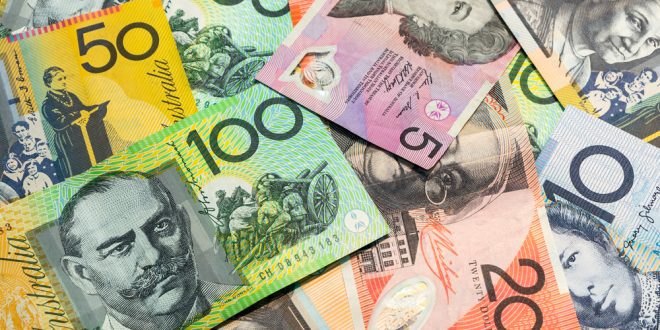The AUD/USD has held onto the corrective pullback from more than a month’s low around 0.7140, after two successive trading days of risk aversion.
The recovery moves could be linked to the consolidation of losses by the risk-sensitive assets while the Aussie pair particularly awaits key inflation data during early Tuesday morning in Asia.
Global markets turned risk-off at the key week’s start as traders piled on more bets over the US Federal Reserve’s hawkish language during Wednesday’s FOMC meeting. Also souring the sentiment were fears of a war between Russia and Ukraine, as well as mixed data.
Although the US, Europe and the NATO push Russia towards a ceasefire, reports took rounds that Moscow is up for a battle with Ukraine. As per the latest updates from the UK, leaders agreed that if Russia continues its intervention into Ukraine, allies must respond quickly, including through a package of sanctions.
Across the Atlantic, softer US Markit PMIs for January jostled mixed Aussie activity numbers from the Commonwealth Bank on Monday. However, the fears of supply chain disruptions and inflation woes couldn’t be ignored. US Treasury Secretary Janet Yellen accepted the same and praised Fed efforts, which in turn strengthened bullish bias over the FOMC.
Meanwhile, the US Treasury yields rose 2.9 basis points (bps) to 1.776% whereas Wall Street recovery early-day losses to close with mild gains. Further, gold prices also ended Monday’s North American trading session on a positive side.
China’s central bank reverse repo cut favored the buyers to take the risks, despite being too late, as the dragon nation is Australia’s largest customer.
Looking forward, Australia’s Consumer Price Index (Q4), expected 1.0% versus 0.8% prior, becomes crucial for the AUD/USD traders after a strong employment report and recently hawkish concerns over the Reserve Bank of Australia’s (RBA) rate lift. Also on the watcher’s list is the National Australia Bank’s (NAB) sentiment numbers and the US Consumer Confidence data.
 Noor Trends News, Technical Analysis, Educational Tools and Recommendations
Noor Trends News, Technical Analysis, Educational Tools and Recommendations





